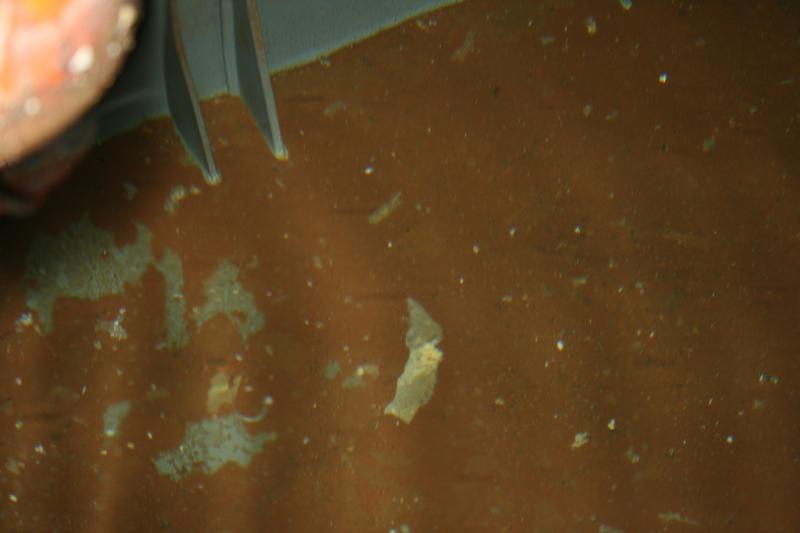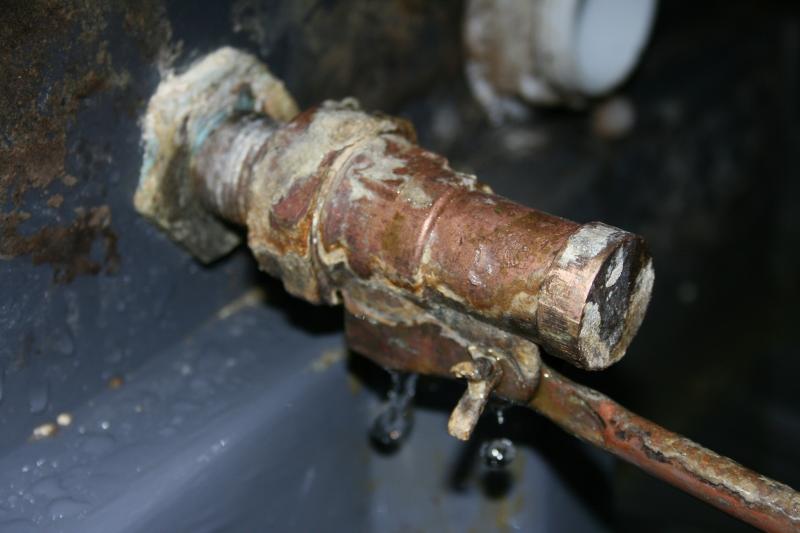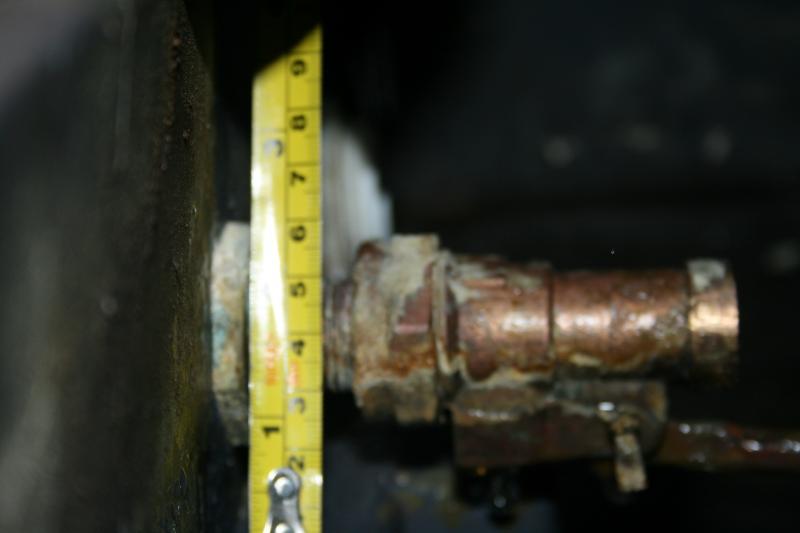- Joined
- 31 Jan 2010
- Messages
- 7
- Reaction score
- 0
- Country

Hi,
The ball valve is slightly leaking in the loft CWST, so the overflow eventually starts dripping if we are not using the bathroom taps or flushing the loo.
I'm comfortable enough with the concept of replacing it, but just want to confirm about sizing and the existing valve's connection. Firstly, I assume that when referring to 1/2in or 3/4in valves, this is referring to the diameter of the threaded part of the valve, which connects to the mains water pipe? I have measured the threaded part of the existing valve as being 20mm which, taking account of slight inaccuracy looks like 3/4inch to me.
It seems that 3/4in Part 2 valves are pretty rare (at least searching online anyway). I had looked at part 1, which appears to be what is on my CWST now, until I did some reading and realised it should be a part 2. As our house is from the 70's, I assume the regulations were different then.
The main point about the existing connection is that the replacements I looked at in B&Q (which were 1/2in, but I was just checking the fitting procedure) say to fit a tap connector to the existing mains pipework, then connect the new valve. But, on checking my existing valve, it looks like there is a copper tap connector soldered onto the pipe, which is taking the 15mm mains and changing it to (presumably) 3/4inch to fit the valve onto (I guess this is the old fashioned way to do this?)
Is it just going to be a case here of buying a 3/4in part 2 valve and ball, some fibre washers, then fit it onto that existing copper tap connector?
Oh, the CWST, although it's plastic, has a bunch of brown stuff in the bottom of the tank (looks to me like some copper deposits - is that possible?) I'm not quite clear, given the valve is 3/4in (presumably 'old fashioned' size) and the brown stuff in the tank, if it's just worth getting a plumber in to replace both (and presumably fit a 1/2in part 2 instead in the process?)
Sorry for the ramble, hope someone can clarify the above for me.
Thanks,
Andy
The ball valve is slightly leaking in the loft CWST, so the overflow eventually starts dripping if we are not using the bathroom taps or flushing the loo.
I'm comfortable enough with the concept of replacing it, but just want to confirm about sizing and the existing valve's connection. Firstly, I assume that when referring to 1/2in or 3/4in valves, this is referring to the diameter of the threaded part of the valve, which connects to the mains water pipe? I have measured the threaded part of the existing valve as being 20mm which, taking account of slight inaccuracy looks like 3/4inch to me.
It seems that 3/4in Part 2 valves are pretty rare (at least searching online anyway). I had looked at part 1, which appears to be what is on my CWST now, until I did some reading and realised it should be a part 2. As our house is from the 70's, I assume the regulations were different then.
The main point about the existing connection is that the replacements I looked at in B&Q (which were 1/2in, but I was just checking the fitting procedure) say to fit a tap connector to the existing mains pipework, then connect the new valve. But, on checking my existing valve, it looks like there is a copper tap connector soldered onto the pipe, which is taking the 15mm mains and changing it to (presumably) 3/4inch to fit the valve onto (I guess this is the old fashioned way to do this?)
Is it just going to be a case here of buying a 3/4in part 2 valve and ball, some fibre washers, then fit it onto that existing copper tap connector?
Oh, the CWST, although it's plastic, has a bunch of brown stuff in the bottom of the tank (looks to me like some copper deposits - is that possible?) I'm not quite clear, given the valve is 3/4in (presumably 'old fashioned' size) and the brown stuff in the tank, if it's just worth getting a plumber in to replace both (and presumably fit a 1/2in part 2 instead in the process?)
Sorry for the ramble, hope someone can clarify the above for me.
Thanks,
Andy




